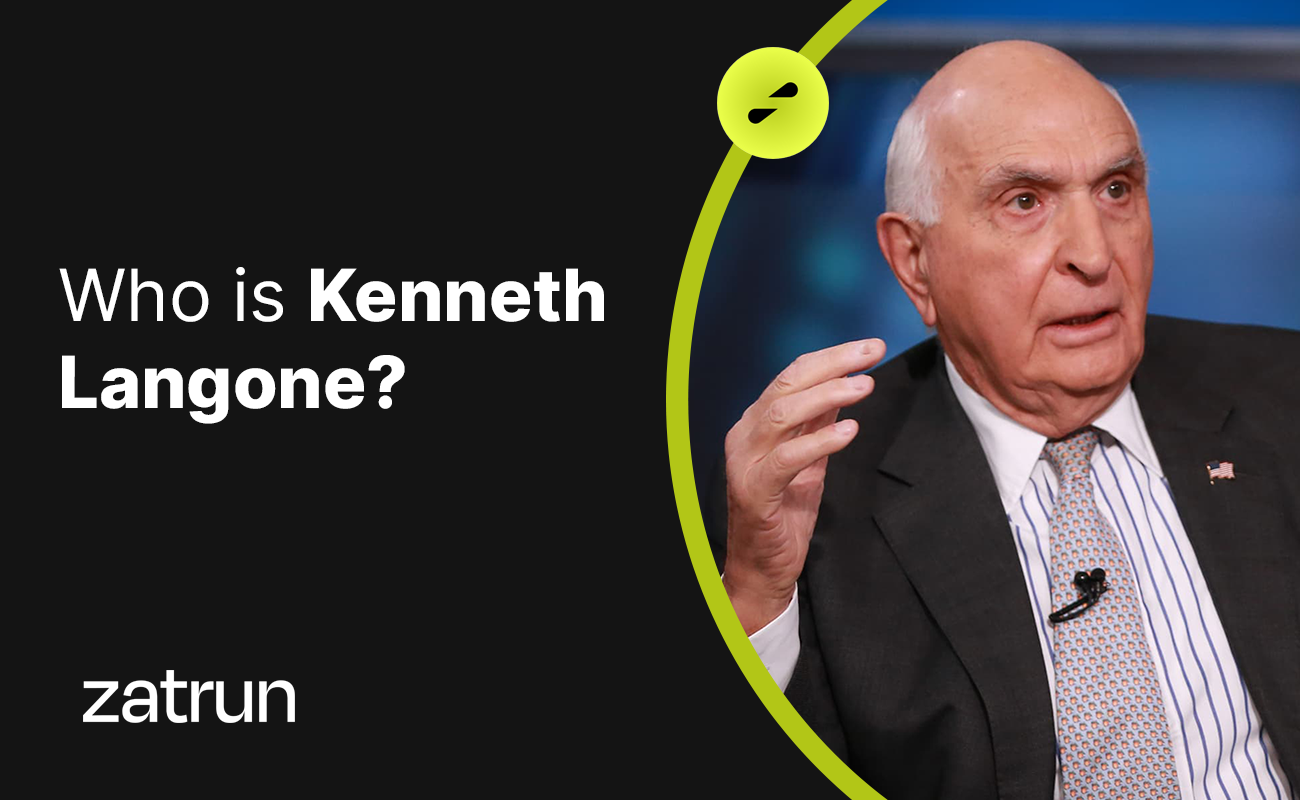Andrew Carnegie was a Scottish-American industrialist and philanthropist born in 1835. He pioneered the expansion of the American steel industry in the late 19th century and became one of the richest Americans in history.
Carnegie became famous for sharing his wealth with charitable organizations. In the last 18 years of his life, he donated approximately $350 million (about 90% of his fortune) to various charities, foundations, and universities. While $350 million may not seem like a large sum by today’s standards, it would be worth almost $6 billion today. If you are interested in learning more about renowned industrialist Carnegie, keep reading this Zatrun.com article.
Who is Andrew Carnegie?
Andrew Carnegie was born on November 25, 1835, in Dunfermline, Scotland. Dunfermline was the medieval capital of Scotland and was known for its production of fine linen. However, the town struggled during the Industrial Revolution, and many people, including Carnegie’s father, who was a weaver, suffered from poverty. In 1848, to improve their prospects, the Carnegie family emigrated to the United States, settling in Allegheny, Pennsylvania, a suburb of Pittsburgh.

At the age of 13, Carnegie worked in a cotton factory from dawn until dark, carrying spools of thread for the weavers, and earned $1.20 a week. A year later, he got a job as a messenger in a local telegraph company. He taught himself how to use the equipment and was soon promoted to telegraph operator. At the age of 24, he joined the Pennsylvania Railroad and worked his way up to become a superintendent.
His Investments
One day, Thomas A. Scott, the western division superintendent of the Pennsylvania Railroad and Carnegie’s boss, informed him of an upcoming sale of ten shares of stock in the Adams Express Company and encouraged him to invest. Carnegie’s mother, Margaret Carnegie, mortgaged their house and invested $500 in the stock. Soon, the family was earning a good dividend income.
Due to his job, Carnegie developed various commercial interests. Theodore Woodruff once told Carnegie about the idea of a sleeping car for railroad passengers. Carnegie invested in Woodruff Sleeping Car Company and became a partner. The company eventually became the first to offer successful sleeping cars on U.S. railroads.

In 1864, Andrew Carnegie invested in the Columbia Oil Company in Venango County, Pennsylvania. The company was one of the first to drill for oil in the region. It paid over $1 million in cash dividends within a year and sold the oil produced profitably. The demand for iron products, such as armour for warships, guns, and bullets, made the region a production centre during the American Civil War.
The Keystone Bridge Company
After the war, Andrew Carnegie founded Keystone Bridge Works and Union Ironworks in Pittsburgh in 1865. In the 1870s, Carnegie’s new company established the first steel factories in the United States to use the new Bessemer steel production process borrowed from England.
Controlling the most comprehensive integrated iron and steel operations ever owned by one person in the United States, Carnegie earned a significant fortune in the steel industry. By adopting the Bessemer process, which allowed the controlled and rapid burning of iron’s high carbon content during steel production, he made it possible to produce steel cheaply and efficiently.

In 1883, Carnegie acquired his rival, Homestead Steel Works, which operated an extensive facility serving coal and iron deposits, as well as a railway and a steamship line. By the end of the 1880s, Carnegie Steel had become the world’s largest producer of pig iron and steel rails, with a production capacity of approximately 2,000 tons per day. In 1889, US steel production surpassed that of the United Kingdom, and Carnegie owned a large portion of it.
Carnegie and Philanthropy
Andrew Carnegie spent his later years as a philanthropist. He helped establish public libraries in the United States, England, Canada, and other English-speaking countries. He opened the first Carnegie Library in Dunfermline, his birthplace, in 1883. However, in total, Carnegie financed around 3,000 libraries located in 47 US states and in Canada, England, Ireland, Australia, New Zealand, South Africa, the West Indies, and Fiji.
In 1903, he contributed one and a half million dollars towards the construction of the Peace Palace in The Hague. In 1904, he founded the Carnegie Hero Fund. In 1911, he established the Carnegie Corporation in New York to “promote the advancement and diffusion of knowledge and understanding.”
Andrew Carnegie passed away on August 11, 1919. He did many charitable works like Bill Gates. At the time of his death, he had donated a portion of his fortune worth 350 million dollars. After his death, approximately 30 million dollars were given to foundations, charities, and retirees.












